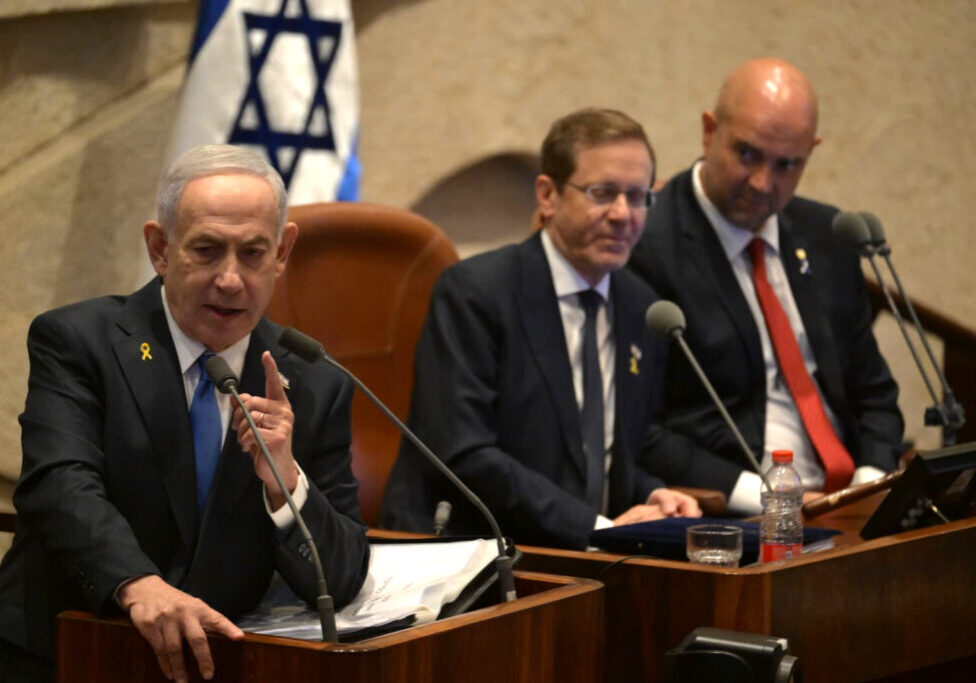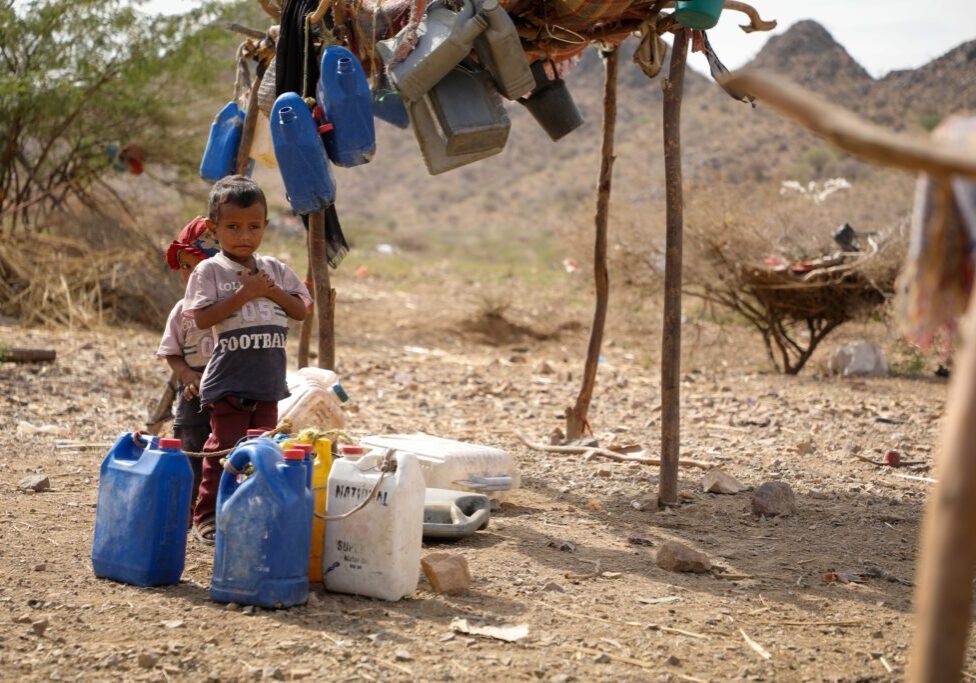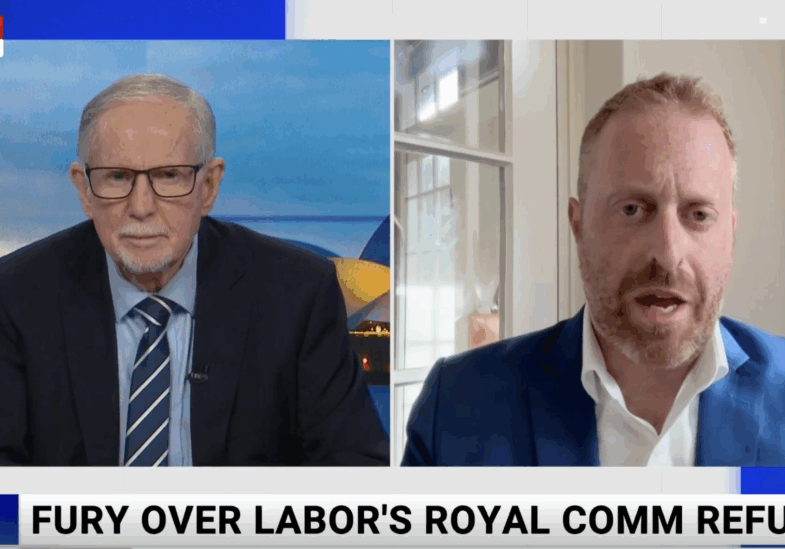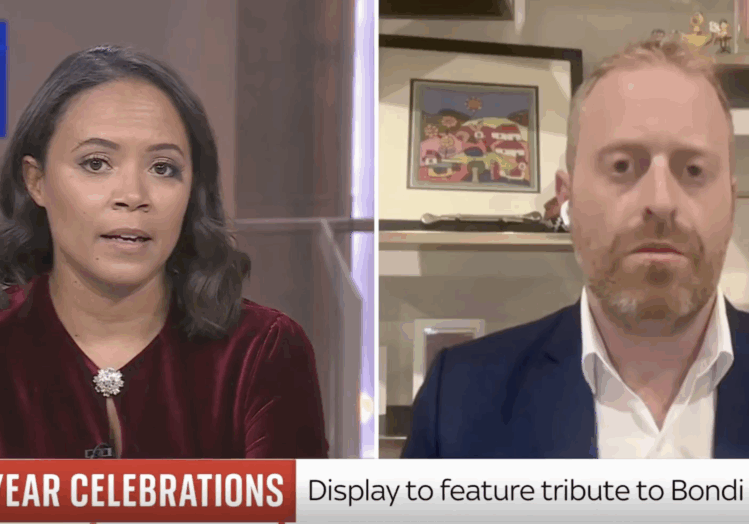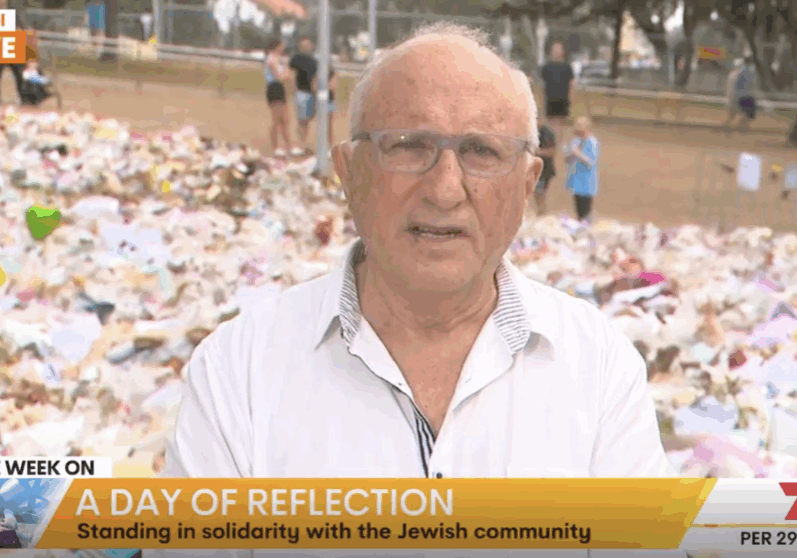FRESH AIR
UPDATES
Beyond the spin: Israel’s planned settlement
April 6, 2017 | Ahron Shapiro
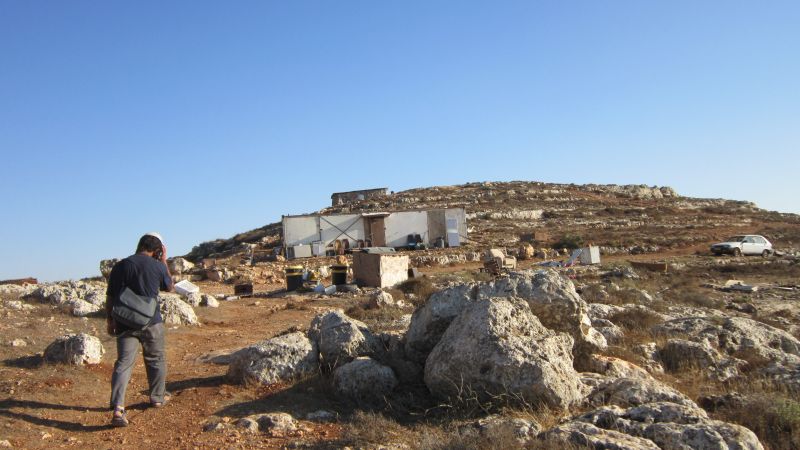
While, ironically, both pro-settlement and anti-settlement groups have an interest in amplifying its significance, a rational fact-based analysis of Israel’s planned first new West Bank settlement in over 20 years would seem to suggest they’re almost literally making a mountain out of a molehill.
The primary motivation for building the settlement is to accommodate some 42 families that lived in the evacuated outpost of Amona, determined illegal by Israel’s Supreme Court, which existed in varying forms only a few kilometres from the planned new settlement between the years of 1995 and 2017.
There is no disputing the fact that the new settlement is being planned in an area deep inside the West Bank that Israel has already offered to be part of a future Palestinian state. That’s certainly problematic. Beyond that, however, there are many mitigating factors to consider. Let’s review some of them.
1. Its location ensures that it will be small with little room to expand: The planned location for the location is on one steep, rocky ridge directly bordering the lands of the existing settlement of Shilo. The lay of the land, particularly regarding surrounding Palestinian farmland and privately-owned land, doesn’t appear to leave the settlement any viable direction on which to expand in the future even if it wanted to. See an illustrative map I’ve created here.
A report released by the anti-settlement group Peace Now on March 13 (before the Government’s official announcement) speculated that since the site was so close to Shilo, it could just as easily be described as a new neighbourhood of Shilo and not a separate settlement, depending on how the Government chose to market it.
According to an advance report by Ha’aretz from almost a year ago (subscription required) anticipating the settlement, the settlement’s master plan is only slated to accommodate a maximum total of 139 houses – much smaller than neighbouring Shilo, which itself is a small settlement. The same article confirms the site is entirely on state land and not privately held land.
Once again, when built, the first homes will be used to accommodate settlers from Amona. As for the rest of the homes, it can be assumed most people looking to buy them would be from nearby communities looking to live close to family in the area – in other words, to accommodate “natural growth”.
The location of the new settlement, far from the cities of Jerusalem and Tel Aviv, would almost certainly make it unattractive to commuters.
2. The site has been the location of settler squatter camps in the past: It is located at the site of a former outpost called Geulat Zion. Interestingly, two other settler outpost locations in the general vicinity – Adei Ad and Yeshuv Ha Da’at – are situated on more spacious and flatter plots of land than Geulat Zion, yet were passed over. The difference between the three locations is that only Geulat Zion directly abuts Shilo’s municipal boundaries.
3. Even if it were fast-tracked, it would take 2-3 years before a single settler moves into the new settlement. Yet few believe it will be built that quickly: In fact, many prominent settlers and right-wingers believe Prime Minister Netanyahu never intends to actually follow through and build the settlement.
According to an anti-settlement researcher quoted in a story on April 2 by the Times of Israel‘s Raphael Ahren, the process of building a new settlement takes years.
Even leftists who oppose settlement expansion estimate that it may take up to three years before anyone can move into the new community – even if the government goes full speed ahead.
“It takes time to approve a new settlement; it’s a lot of work,” said Hagit Ofran, who analyzes settlement growth for Peace Now, a dovish organization opposed to Israel’s presence in the West Bank. “The government knows how to move such processes quickly, but it will not be finished by tomorrow morning.”
If the government does decide to move fast on establishing the new settlement, it could take 12 to 24 months for the bulldozers to start rolling, and “another year, at least, until people can move in,” she said.
Meanwhile, the Settlers Council foreign envoy Oded Revivi expressed doubt over whether the settlement will ever get built.
Speaking to The Times of Israel on Monday, however, the council’s foreign envoy, Oded Revivi, said he feared the cabinet’s decision to build a new settlement might have been a “smokescreen” to divert the settlers’ attention from a policy to slow down the pace of West Bank construction in a bid to appease the Trump administration.
“The decision is extremely vague, and we’re concerned that nothing will come of this promise,” Revivi said.
4. The Netanyahu Government giveth, the Netanyahu Government taketh away: The day after the new settlement was announced, Prime Minister Netanyahu announced self-imposed curbs on settlement construction.
Ynet reported:
Netanyahu stated that “out of consideration to President Donald Trump’s position, Israel will take necessary steps to minimize the expansion of developed area beyond the footprint of existing settlements in Judea and Samaria and exhibit considerable restriction, to allow the progression of the peace process. Israel will build within the existing developed area, as much as possible.”
The statement added that “In areas where this is not possible, Israel will build along the existing development line. In areas where neither of these possibilities are feasible, due to legal, security, topographical or additional concerns, Israel will allow building in proximity as close as possible to the existing development line.”
Furthermore, it was stated that Israel will not allow the erection of any unapproved settlements.
While the two actions may seem to contradict one another, the new settlement announcement serves Prime Minister Netanyahu’s interests in stabilising his coalition, as it acted to somewhat blunt criticism of curbs on settlements from pro-settlement coalition partners such as Naftali Bennett’s Jewish Home party.
Yet even that doesn’t tell the whole story. Prime Minister Netanyahu has denied rumours that he has made a concession to the Trump Administration to freeze construction outside of the settlement blocs.
Yet while Barack Obama was president, Netanyahu implemented a similar freeze informally while denying doing so for political reasons. This may well be the case again. Despite what people may be led to believe by some news stories, Netanyahu’s approach to settlements since taking office in 2009 has been exceptionally cautious. I’ve blogged on several occasions on the fact that Netanyahu has built fewer homes in the settlements than previous prime ministers, failing even to accommodate natural growth.
Respected analysts such as American Enterprise Institute Resident scholar and Commentary contributor Michael Rubin have cited my work on this issue.
5. It’s rare and exceptional: Contrary to the narrative previously promoted in the news, it’s the first such planned settlement in over two decades.
I’ll use the example of ABC’s coverage of Israel, but many other news outlets are guilty of the same obfuscation.
On February 2, ABC’s Middle East Correspondent Sophie McNeill reported on the impending announcement:
“If the plan goes ahead, it would be the first new settlement to be built in more than 20 years.”
Yet just days earlier, on January 26, ABC ran a story by McNeill referring to Australian concern about the announcement of planned new housing in Israel’s existing settlements (nothing at all to do with the actual new settlement which was announced later) with the misleading headline “Foreign Minister Julie Bishop expresses concern over new Israeli settlements”.
Following the popular narrative promoted by Palestinian terminology, ABC would like to have it both ways – use the term “new settlement” to describe every new housing unit built within an existing settlement and use the term “new settlement” to describe a new town.
This sleight of hand with terminology obfuscates the issue and has helped foster a climate of misinformation and exaggeration about Israel’s actual settlement policy over the past two decades, which also serves to blow the settlement issue out of proportion altogether at the expense of peace prospects.
6. The new settlement doesn’t substantively affect the possibility of implementing a two-state peace outcome in the future: In 2005, Israel withdrew from Gaza and destroyed all of its settlements there. But what few people remember is that, at the same time, Israel removed four settlements in the northern West Bank as well. Between the two evacuations, over 3,000 Israeli homes were destroyed.
The destruction of four settlements in the West Bank didn’t bring peace, nor will the act of effectively restoring one of them in a different location destroy the prospects for peace.
The fact remains that Israel has offered Palestinian leaders on at least three occasions – in 2000, 2001, and 2008 – peace deals that would include the dismantling of isolated settlements like Shilo and Amona’s planned replacement (totalling just 139 houses). To date, the Palestinians have rejected the offers, but all they have to do is say “yes” to peace and Israel remains prepared to make painful sacrifices. In the meantime, the latest announcement – which largely just moves local settlers off private Palestinian land and on to state land – does not constitute a major change to the status quo.
This is particularly true since Prime Minister Netanyahu has made it clear that the announcement is a one-off event and not part of a trend.
Ahron Shapiro
Tags: Israel



